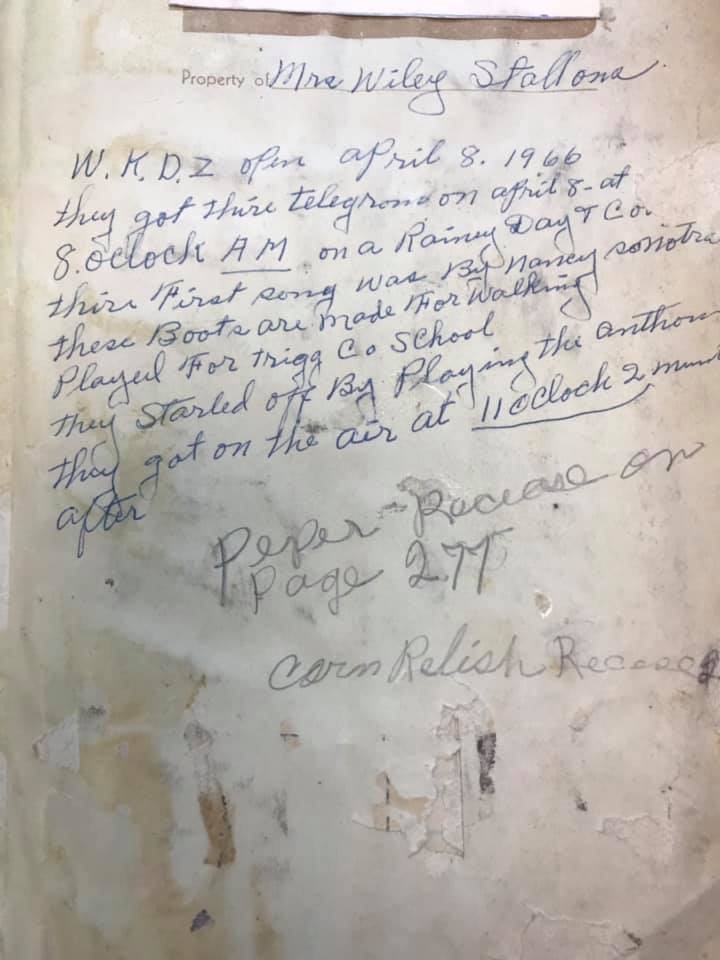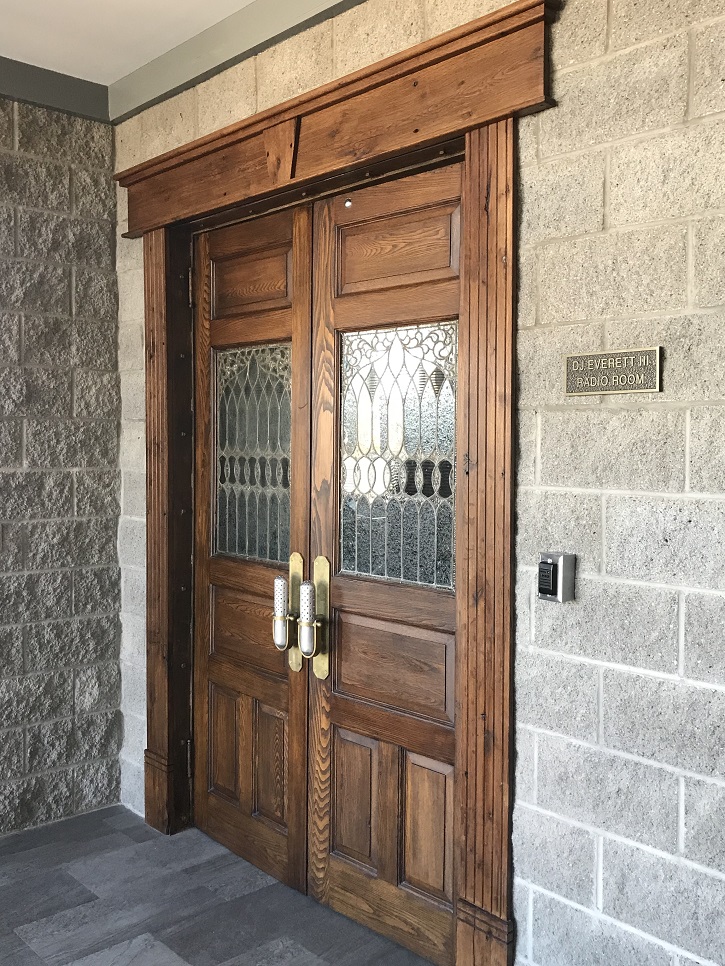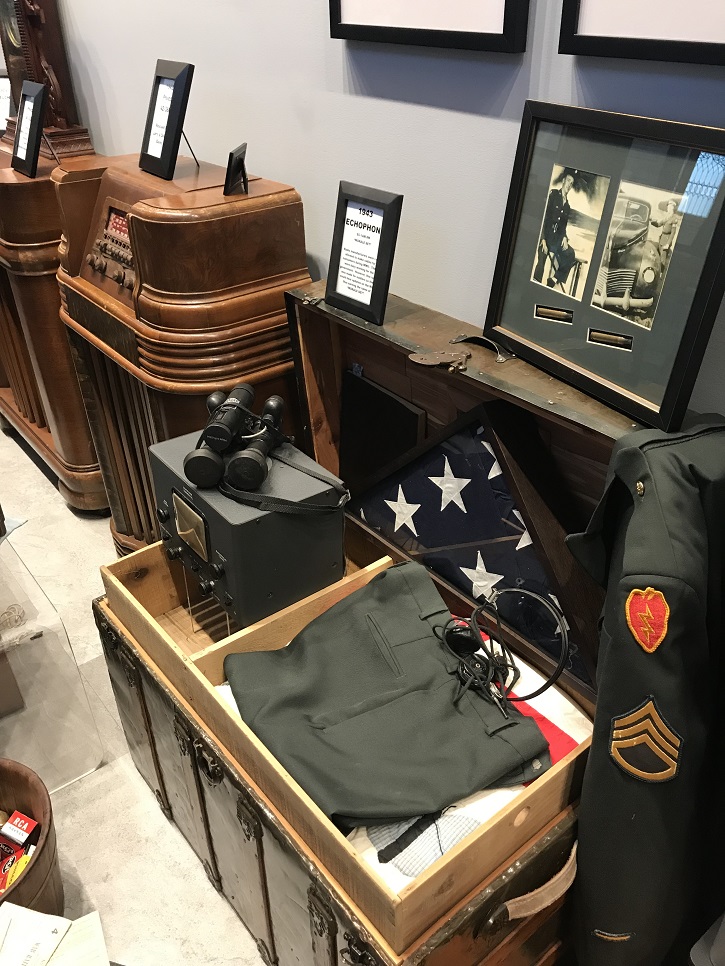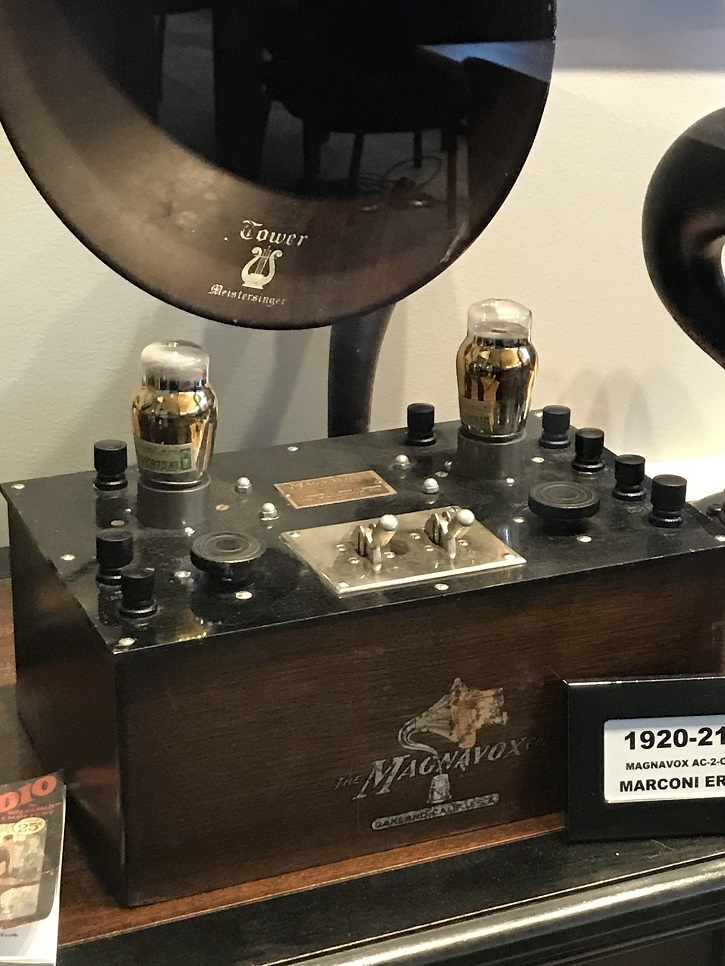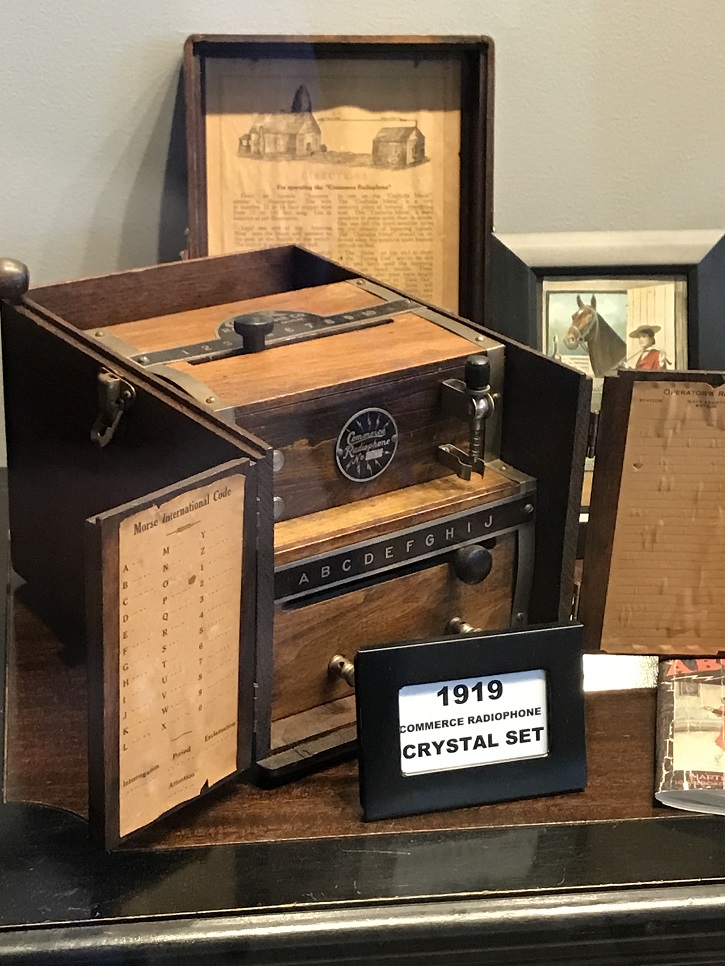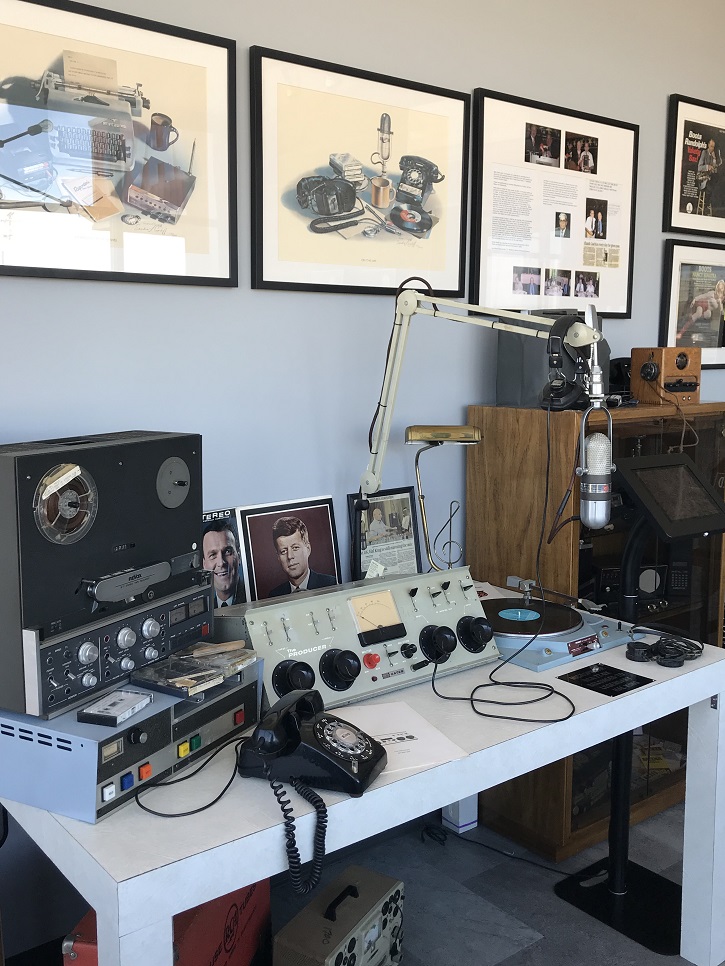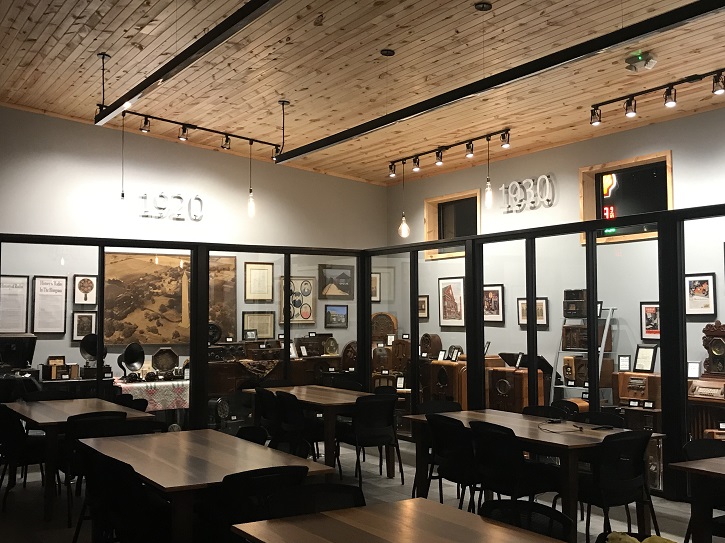
Many successful career people are grateful for mentoring they received on the way to the top. But few have honored a memory as passionately as has Beth Mann.
Ham Broadcasting is all about local. It owns five stations and markets itself as “western Kentucky’s leader in marketing and promoting all types of businesses.” It tells advertisers on its website, “We use a unique and powerful combination of radio and new media platforms to grow all types and sizes of businesses and organizations. We are 100% locally owned, 100% locally operated, 100% locally oriented and 100% locally committed to help you grow your business.”
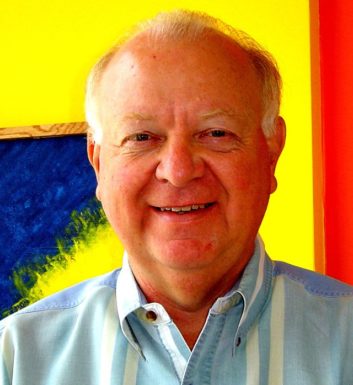
Mann, its owner and general manager, wanted to commemorate the contributions of her predecessor D.J. Everett III. She did so by creating a Radio Room named for him at the WKDZ/WHVO studios in Cadiz, Ky. It opened to the public last October during the station’s 10th annual Pink Out fundraiser for breast cancer research.
Everett worked as a broadcast journalist and TV general manager, as well as a radio owner. He was inducted into the University of Kentucky’s Journalism Hall of Fame in 2012. He died in 2015 at the age of 67. “Under his leadership, WKDZ was recognized numerous times as one of the best radio stations in the U.S. in its market size,” according to the Times Leader newspaper in Princeton, Ky.. “Everett was also known for his civic engagement and community involvement.”
This Radio Room is a gallery and meeting space also dedicated to the physical history of radio in Cadiz locally and in the United States.
Among its highlights are an extensive, beautifully staged collection of antique radio receivers behind glass walls; the Legends Room, a replica 1966 radio production studio; and a public meeting space in the center of the facility.
The D.J. Everett III Radio Room covers 1,850 square feet, entered through a pair of custom-made doors adorned with door handles styled after the RCA 77-DX microphone.

“I started working with D.J. Everett when I was 17 years old, first in television and then in radio here at Ham Broadcasting,” said Mann. “D.J. was a father and mentor to me, and when he passed away in 2015, he left me a number of vintage radios. I took over the company at that time — it had been part of his long-term plan for me to do so — and I wanted to find a way to honor his memory and showcase his collection. The D.J. Everett III Radio Room grew out of that.”
An Inspired Radio Collection
The radios in the room cover from the earliest days of the medium up to the 1960s. Included in the displays are a 1919 Commerce Radiophone crystal set: a 1923 Atwater Kent “breadboard set,” so-called because the components are laid out on a flat piece of polished wood with no protective case; and a wonderful selection of 1930s-era “tombstone” and floor console radios from the Golden Age.
“We also have a 1943 metal-cased Echophone radio, which was used by the troops during World War II,” said Mann. “My favorite is the gorgeous dark green 1946 Bendix Caitlin, which came in a plastic case that would melt if the radio’s tubes got too hot.”
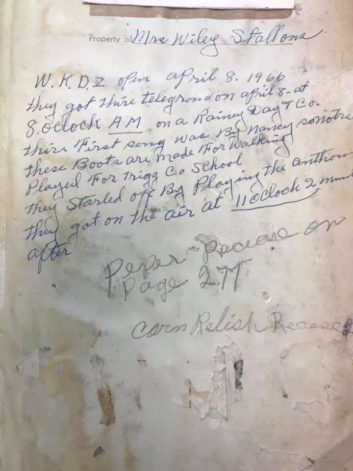
Also on display are photos, posters and other historical memorabilia. “We even have a diary donated by Annette Hargis, in which her great-grandmother Mrs. Wiley Stallons noted WKDZ’s first broadcast on April 8, 1966,” Mann said.
The Legends Room radio studio features 1966-era radio equipment that would be familiar to many broadcasting veterans, including a suspended RCA 77-DX microphone, a Gates Producer dial-type control panel, a cart tape machine for commercials and idents, a rotary dial telephone and a Revox reel-to-reel machine of a kind this author used in his own early radio days.
“The Legends Room is decorated with photos of our staff back in 1966, plus photos that trace D.J. Everett’s distinguished broadcast career,” said Mann.
Add the many tables and chairs available for community meetings, and one can see why the D.J. Everett III Radio Room has caught the imagination of Cadiz residents and radio fans in general.
“The overall reception to our project has been phenomenal,” said Beth Mann. “It is a chance for us to celebrate D.J.’s legacy, and also to show the world that local, community-centric radio is alive and well, and a career worth pursuing by young people.”
See below for photos of the radio room. For more about this impressive installation head to www.wkdzradio.com.
